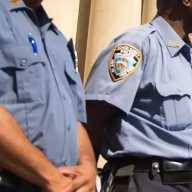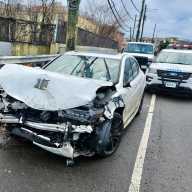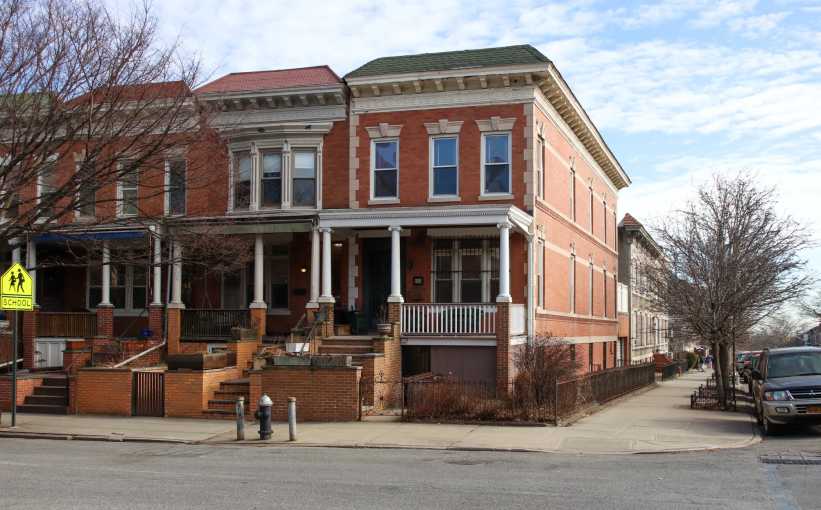The New York City Department of Transportation (DOT) shines light on a recent study that places safety in the minds of most New Yorkers.
Due to an increase in the number of cyclists on the streets and partly due to the arrival of Daylight Savings Time, on Thursday, October 30, the DOT distributed over 1,500 bicycle lights after announcing that the number of cyclists in New York City has increased 35 percent in the last year and has doubled within the last six years.
As part of NYC’s commitment to promote bicycle use and safety, an eye-opening report, citing fatal and non-fatal bicycle crashes from 1996 to 2005, along with data on traffic-related bicycle crashes resulting in serious injury was compiled by the New York City Departments of Health and Mental Hygiene, Parks and Recreation, Transportation and the New York City Police Department.
“This unprecedented increase shows we are well on the way toward our goal of doubling the number of bike commuters,” said DOT Commissioner Janette Sadik-Khan. “As these numbers rise, cyclists should take all safety precautions, while drivers must be vigilant when sharing our streets with this growing population.”
According to the U.S. Department of Transportation, the first automobile crash in the United States occurred in New York City in 1896, when a motor vehicle collided with a bicyclist. New Yorkers, primarily in the City, bicycle for a number of reasons. Recreation and sport, physical activity to improve fitness and health, efficiency and effectiveness in travel time and expense, the reduction of pollution and traffic, and means of delivery are all plausible motivations.
The DOT first conducted cyclist counts in 1980 and has done so once a year since 1984. Counts were taken during the middle of the week from 7 a.m. to 7 p.m. In 2007, the DOT expanded the time window to 18 hours and added two additional counting dates. The 18-hour count showed that over a quarter of cyclists counted use City streets earlier in the morning and later in the day than previously believed. The DOT reported that some areas have gotten much more popular. The number of cyclists on the Williamsburg Bridge has quadrupled from 2000 to 2008. That’s 4,000 cyclists on a typical day.
Watch out cyclists - nearly all fatal accidents occur on local streets - within 25 feet of intersections, within the ages of 54 and 45 and primarily include males. Crashes habitually occur in August, in the middle of the week and between the hours of 3 p.m. and 8 p.m. In 3,964 transportation-related deaths, nearly half were pedestrians; more than one-third were inside a vehicle and about six percent cyclists themselves. The DOT also reports that most serious injuries are located on intersections, mostly in July and between the hours of 3 p.m. and 8 p.m. Drivers are reminded to be aware of cyclists and share the road safely with them.
The New York City Bike Coalition, in order to improve safety for cyclists and automobile drivers, urges drivers to avoid speeding, reckless driving, unsafe passing, cell phone use, driving and parking in bike lanes and opening doors into moving traffic. Cyclists are also advised to make use of designated bike lanes, be conscious of aggressive driving and wear helmets. Taking into consideration traffic laws and awareness of others can be the deciding factor for life and death.
Jamaica, Queens was the third highest district where serious injuries occurred. Some popular and safe areas for cycling in Queens include Alley Pond Park, Flushing Meadows-Corona Park, Forest Park, Rockaway Beach Boardwalk, Highland Park and Cunningham Park. The DOT also added 140 miles of new bicycle routes to the on-street bicycle network in 2007 and 2008.
For more bicycle information, please visit www.helmets.org/stats.htm or https://www.nycbikemaps.com/maps/queens-bike-map/ or call 3-1-1 for any parks and recreation related questions.
































